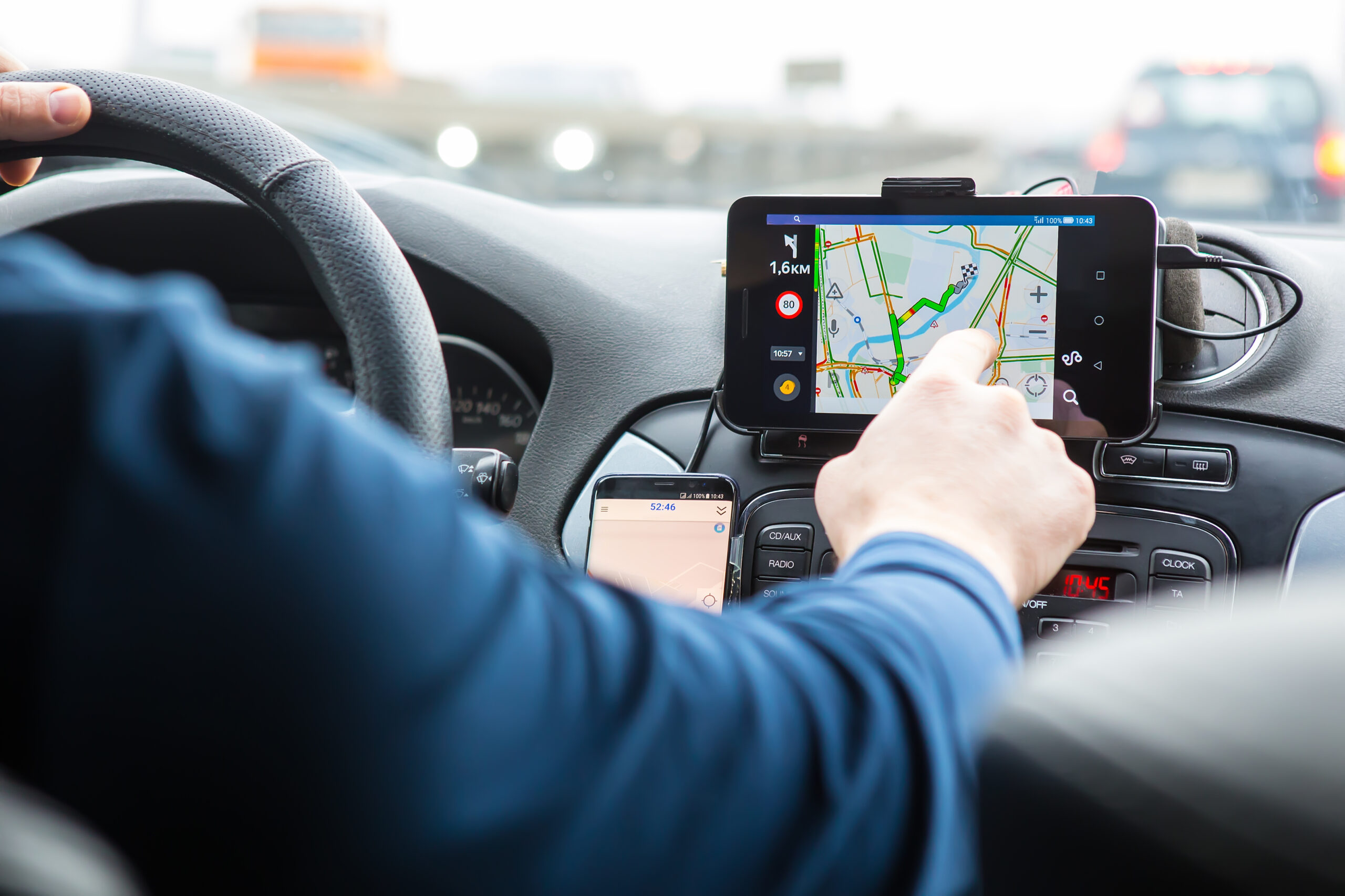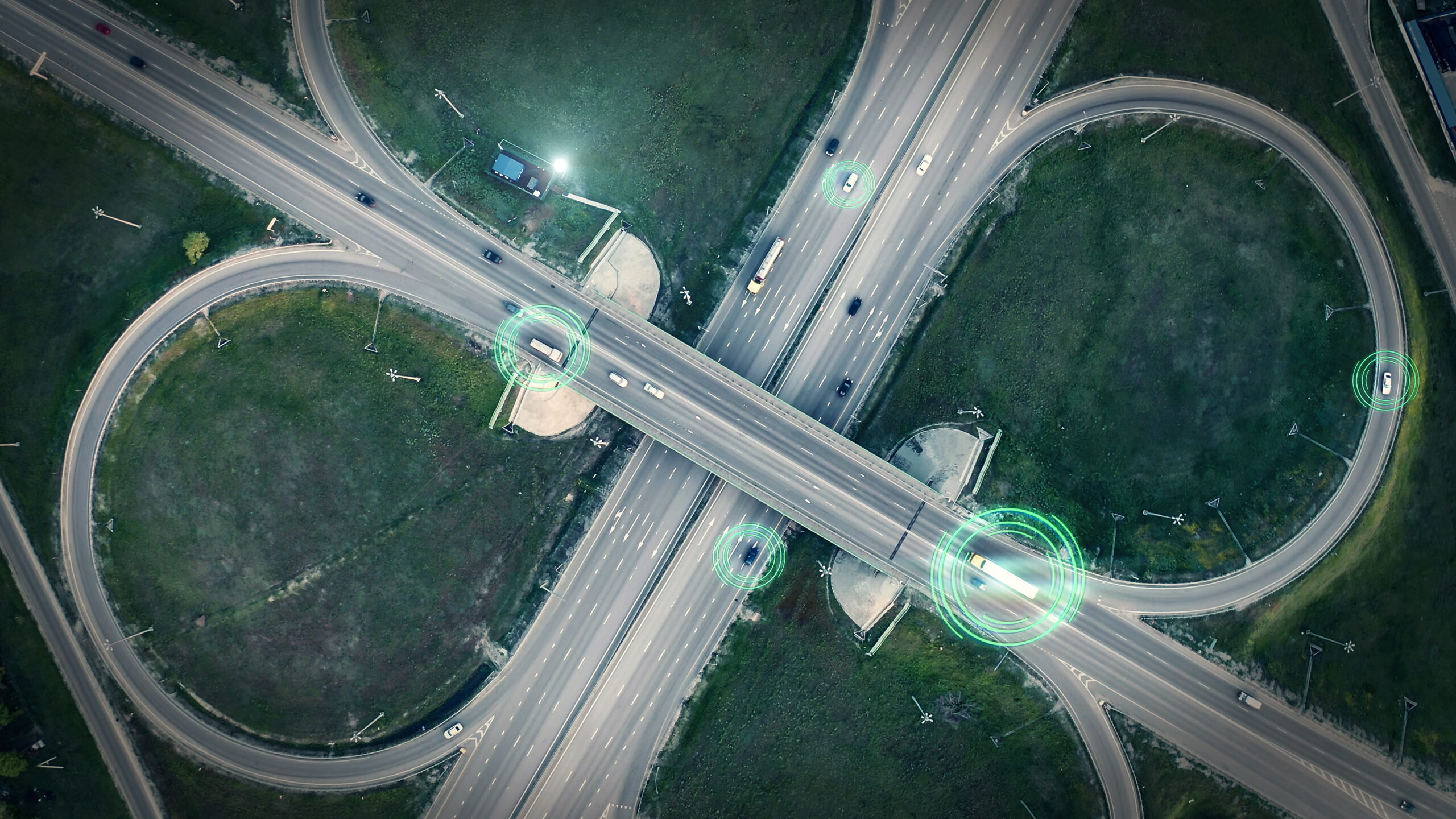Real-time speed and location data
Frequently transmitted in seconds or minutes, floating car data is ideal for a variety of transportation use cases that require real-time traffic data such as congestion monitoring and mitigation for work zones, road closures or large events.
Replace sensors with floating car data
For short term and ad hoc needs for collecting live speed and travel time data, floating car data can serve as a valuable, nimble, and cost-effective source for traffic operations and management.
Keep reading to learn about how floating car data can benefit your data mix!

5 Reasons for Adding Floating Car Data to Your Data Mix
1. High penetration rate
2. High quality data
3. Cost savings
Floating car data saves you the costs of hardware and installation labour, translating into tens of thousands of dollars in savings per project. Through data analytics platforms such as SMATS’ iNode, users are charged on a pay-per-use basis. With the precision of location selection in iNode, you could select a project location as small as a street corner, and only pay for that data.
4. Ease of use
5. No blind spots

Real-time floating car data is a game-changing technology that enhances the data options for traffic management. By improving operations at a low-cost, it empowers public agencies to leverage and more effectively use their existing Intelligent Transportation Systems while providing flexibility and robust data for ad hoc projects.
Floating car data allows real-time roadway monitoring, automated traffic alerts, and instant feedback about your congestion mitigation strategies. Platforms like iNode allow data export features for further processing, report preparation, and integration into platforms like GIS for deeper analysis and visualization.
To learn how floating car data can be used in different transportation use cases, keep an eye out for our next blog!

